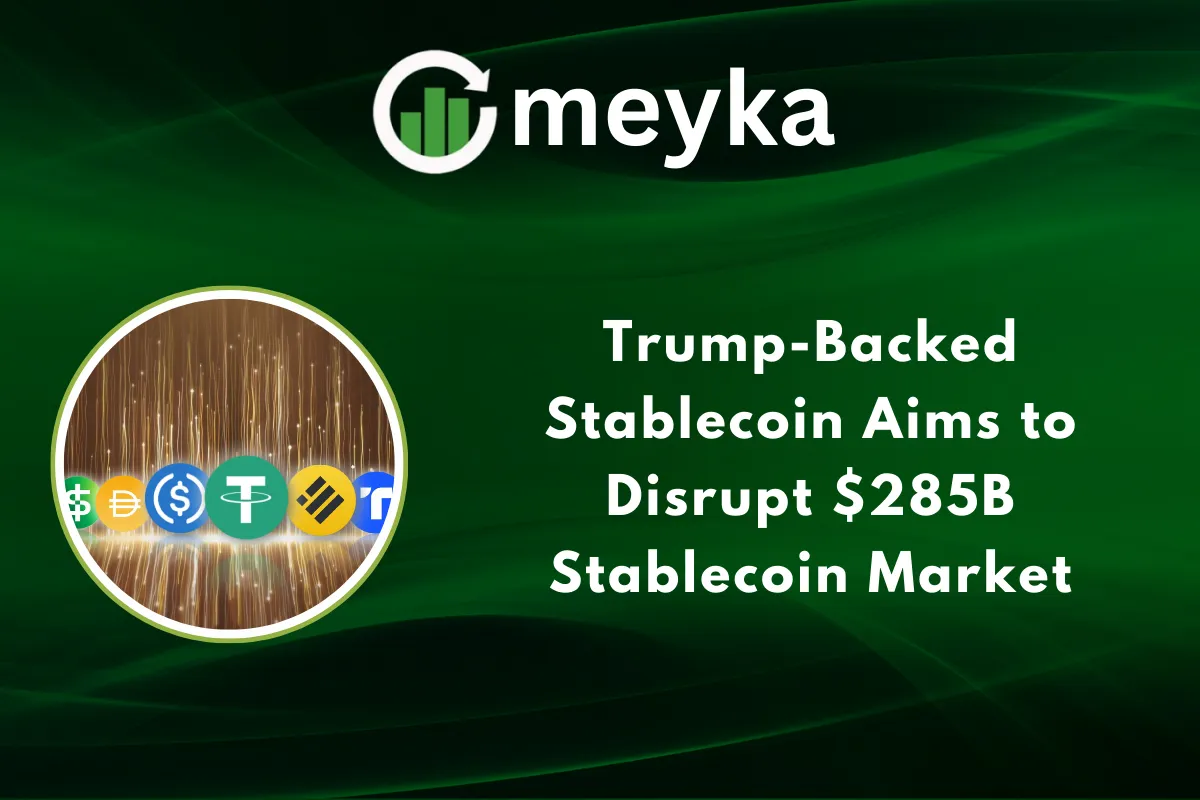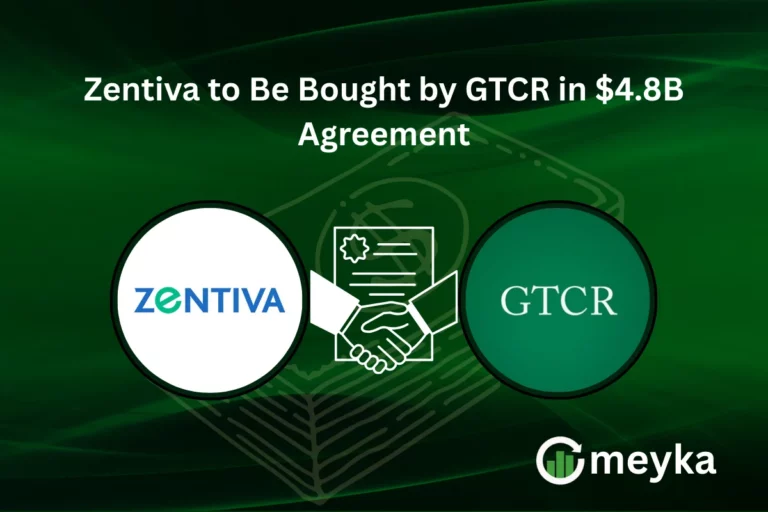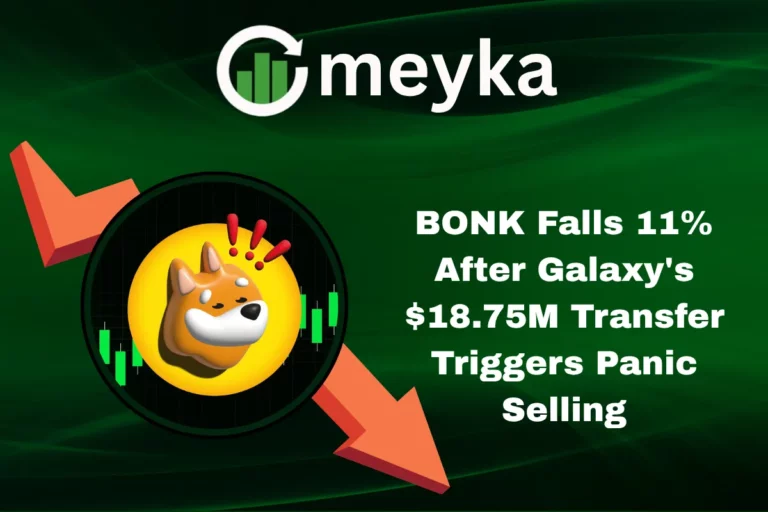The Rise of USD1: Trump-Backed Stablecoin Aims to Disrupt $285B Stablecoin Market
The stablecoin market is experiencing a major shift with the launch of USD1. This new digital currency comes from World Liberty Financial (WLFI) and has strong political backing. The timing could not be better as the crypto world watches for the next big player.
USD1 enters a market worth $285 billion where two giants rule. Tether and USD Coin control 84% of all stablecoin transactions worldwide. Yet this Trump-backed newcomer aims to change that dominance through regulatory clarity and institutional support.
We see USD1 as more than just another digital dollar. Its connection to U.S. policy and treasury backing creates unique advantages.
What Makes USD1 Different
USD1 stands apart from other stablecoins through its regulatory foundation. The GENIUS Act, passed in July 2025, provides clear rules for stablecoin operations. This law requires 1:1 backing with real assets, not promises.
World Liberty Financial built USD1 on U.S. Treasury securities. This backing method offers more security than many competitors. Banking regulators oversee the entire operation, adding another layer of trust.
The political connection brings both opportunities and concerns. Trump family involvement attracts capital from supporters worldwide. However, some investors worry about governance independence in future policy changes.
Current Market Position
USD1 currently holds a $2.3 billion market cap position. This seems small compared to USD Coin’s massive $70 billion to $70.37 billion valuation. Yet growth projections suggest USD1 could exceed $5 billion by year-end.
The stablecoin landscape favors established players like Tether and USDC. These platforms built their dominance over years of market presence. USD1 must overcome this head start through superior features and institutional partnerships.
Market analysts point to regulatory clarity as USD1’s main advantage. While competitors face uncertain regulatory futures, USD1 operates under clear federal guidelines. This certainty appeals to risk-averse institutional investors.
Regulatory Advantages
The GENIUS Act creates a protective framework around USD1 operations. Banking regulators must approve all major changes to the stablecoin structure. This oversight reduces the wild volatility seen in other crypto projects.
1:1 backing requirements ensure each USD1 token represents real dollar value. U.S. Treasury securities provide this backing, offering more stability than corporate bonds. Investors can verify reserves through regular audits.
Compliance costs may be higher than unregulated alternatives. However, institutional investors prefer regulated products over risky options. The stock market has shown similar preferences in traditional finance sectors.
Investment and Adoption Trends
Major institutions are taking notice of USD1’s regulatory advantages. A $2 billion Abu Dhabi investment in Binance signals Middle Eastern interest. These large-scale adoptions boost stablecoin credibility worldwide.
Pension funds and insurance companies explore USD1 as a digital cash equivalent. Traditional finance firms need regulated crypto options for client portfolios. USD1 meets these institutional requirements better than most alternatives.
The Trump administration connection opens doors to Republican-leaning businesses. Many companies prefer politically aligned financial products. This preference could drive adoption beyond pure investment merit.
Multi-Chain Expansion
USD1 plans expansion across multiple blockchain networks. Solana represents a key target with its $12 billion to $13.1 billion stablecoin market. USD1 aims to capture 5% of this market by 2026.
Each blockchain offers different advantages for stablecoin users. Ethereum provides security but high fees limit small transactions. Solana offers speed and low costs, attracting retail users.
Cross-chain compatibility increases USD1’s utility across the crypto ecosystem. Users can move tokens between networks without costly conversions. This flexibility could drive adoption among active crypto traders.
Stock Market Implications
Traditional stock market investors are watching USD1’s progress closely. Regulated stablecoins bridge the gap between crypto and traditional finance. Public companies may add USD1 to treasury holdings.
Financial services stocks could benefit from stablecoin adoption growth. Banks offering USD1 custody services gain new revenue streams. Payment processors enabling USD1 transactions capture additional fees.
However, stablecoin success could reduce demand for traditional banking products. Money market funds compete directly with yield-bearing stablecoin options. Banks must adapt their business models accordingly.
Future Outlook
USD1’s success depends on maintaining regulatory compliance while scaling operations. The $5 billion year-end target requires significant institutional adoption. Current growth rates suggest this goal is achievable.
Competition from established players remains intense. Tether and USDC have strong network effects and brand recognition. USD1 must differentiate through superior service and regulatory certainty.
Long-term success requires political stability and continued regulatory support. Changes in administration could affect USD1’s competitive advantages. Diversifying beyond political connections becomes crucial for sustained growth.
Disclaimer:
This is for informational purposes only and does not constitute financial advice. Always do your research.






